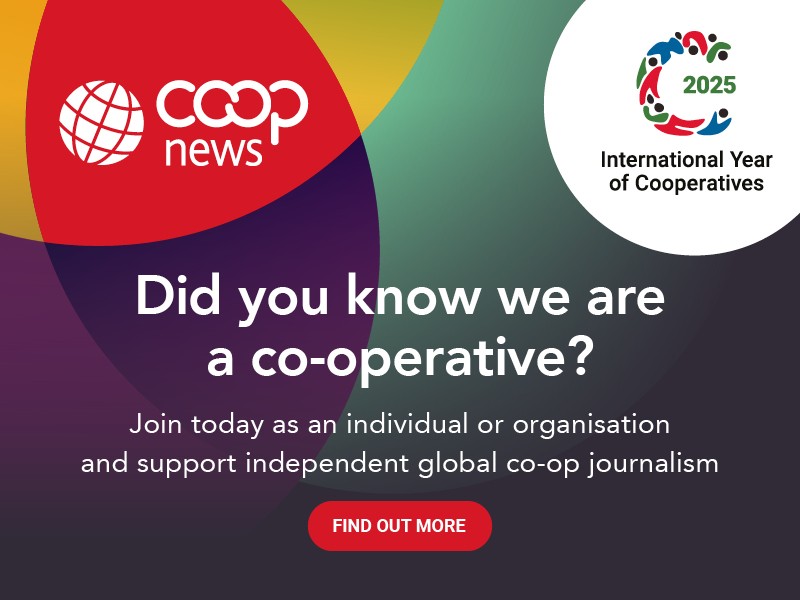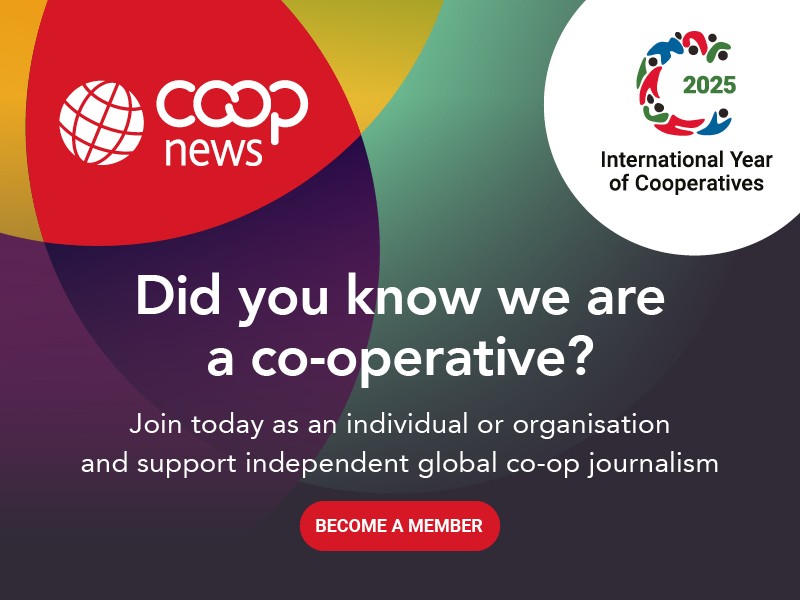If you go into any bookshop with a business section you will be confronted by a bewildering array of, often contradictory, advice on what it takes to be a good manager or leader. There is even a lack of clarity about what the differences are, or should be, between managers and leaders. In practice it’s often hard to tell the difference between management and leadership. But there are some. It’s quite possible, for example, to be a leader without being a manager.
In their 2001 book “A Company of Leaders” Grechen Spreitzer and Robert Quinn argue that: “The best companies create within themselves a company of leaders, an organisation in which employees at every level take initiative and act as owners of the firm.
“Imagine a company where employees at all levels take initiative without prodding, where every employee acts in the collective interest of the organisation without being monitored. In short, imagine for a moment what it would mean to have a company of leaders.”
Two things jump out from this quote: first, it implies you don’t have to be a manager to be a leader? Second, these “best companies” sound remarkably like worker-owned co-operatives?
A more recent example of a similar line of thinking is Practical Innovation in Government by Alan Robinson and Dean Schroeder (2022). Their sub-title says it all: “How Front-Line Leaders are Transforming Public-Sector Organisations”. Although their ‘front-line leaders’ are also front-line managers, it’s obvious in most cases they go well beyond being just managers.
As an aside, according to Alan and Dean’s six-year study of 77 public organisations in five countries, most useful innovations come from below – front line managers and employees.
I probably don’t need any quotes from learned academics or research to convince you that a lot of managers are definitely not leaders. Over my nearly five decades of working I’ve had plenty of those, as I am sure you have.
Contradictory advice
So what about the contradictory advice about how to be a leader (or manager)? One of the dominant contentions is between those hard-nosed, cold leaders who believe in the ruthless competitive pursuit of shareholder value; authoritarian, top-down, centralised leadership; and of course, rewarding themselves with salaries very many times that of their average employee.
At the other extreme of these contradictory approaches are the warm-fuzzy leaders who believe in empowerment, in nurturing employees, and of course more equitable pay structures (although that’s less frequent).
I exaggerate, of course, but not by too much. So the question arises – which of these contradictory approaches are right? The answer is they are both right. And both wrong.
I first came across the idea that excellent management was contradictory, or even paradoxical, in nature back in the 1980s. The two books that influenced me most at the time were In Search of Excellence, by Peters and Waterman (1982 – 1984 in the UK) and later Beyond Rational Management by Robert Quinn (1988 – yes, him again).
It was hard to avoid Excellence in English local government, where I worked in the late 1980s. What grabbed my attention was the chapter preceding their seven key lessons, which was about humans being “the ultimate study in conflict and paradox”. They go on to say that their excellent companies succeed not least because of “the way they deal with … contradictions that are built into human nature”.
Quinn’s book was my first, but by no means last, encounter with the ‘Competing Values” framework or theory (CVF). CVF had emerged from studies in the late ’70s and early ’80s. It established four contradictory approaches to creating value. But its central point was that all organisations (including co-ops, private and public sector ones) will contain a balance of all four approaches, despite their contradictions.
The four approaches have gone under different labels over the past four decades but the most used current labels are: the Clan, or collaborative approach; the Hierarchy, or control form; the Market, or compete orientation; and finally the Adhocracy, or creative approach.
These four orientations have corresponding leadership types:
- Clan – collaborative, facilitative, mentoring, teambuilding leader
- Hierarchy – controlling, coordinating, monitoring organising leader
- Market – competitive, hard-driving, producer, marketing leader
- Adhocracy – creative, innovative, entrepreneurial, visionary leader.

It’s not hard to see how the first of these – Clan – fits with co-op values – especially in worker co-ops. I suspect that this may impose size limitations: Dunbar’s Number (150) suggests a limit to the size of human groups successfully collaborating. It has been adopted by some businesses, notably the producer of Gore-Tex.
The second – Hierarchical – clearly exists in practice in many large member-owned businesses, despite their democratic values. Big worker or customer-owned co-ops like the retail co-ops in the UK are run on fairly traditional hierarchical organisational principles, especially in day-to-day operations. Hierarchy is one way of overcoming the limitations imposed on humans by ‘Dunbar’s Number’.
The Market model applies to all truly independent co-ops, which have to survive in competitive markets, despite their values – although there is some evidence that co-ops tend to be more ‘risk-averse’ than privately owned businesses – especially financial services. This mostly proved an advantage in the 2007-8 global financial crisis.
The final orientation – Adhocratic and creative leadership – is probably more niche within the co-op family. A couple of obvious examples exist within the Mondragon family of co-ops.
The important point is not the precise definitions of these different approaches: it is that they are not either/or choices. Any human organisation will contain elements of all four.
The real issue is how leadership balances between these different approaches. Really poor leaders will apply the wrong approach in the wrong circumstances, usually with disastrous results. Moderately good leaders will stick rigidly to a specific approach or mix of approaches and apply them consistently regardless of circumstances. This might work, but in the long run changing contexts will trip them up – as it did for Fred ‘the shred’ Goodwin at RBS.

Excellent leaders will understand how to adapt their leadership approach depending on circumstances and the people they are dealing with. They will manage the creative tensions between different leadership approaches. There is plenty of evidence from CVF and other research that supports this conclusion.
Colin Talbot is professor emeritus at the University of Manchester and a research associate at the University of Cambridge.

